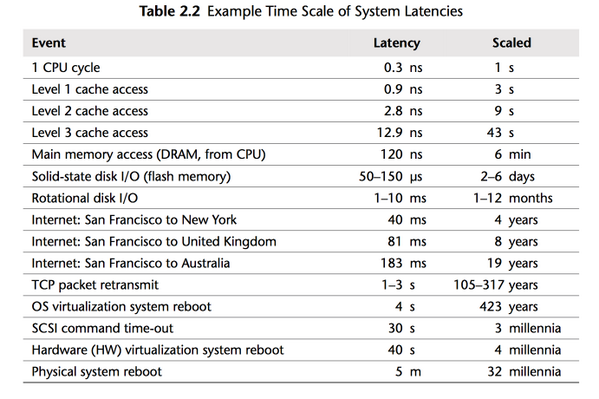http://news.dice.com/2014/03/05/data-science-is-dead/
Yes, more and more companies are hoarding every single piece of data that flows through their infrastructure. As Google Chairman Eric Schmidt pointed out, we create more data in a single day today than all the data in human history prior to 2013.
Unfortunately, unless this is structured data, you will be subjected to the data equivalent of dumpster diving. But surfacing insight from a rotting pile of enterprise data is a ghastly process—at best. Sure, you might find the data equivalent of a flat-screen television, but you’ll need to clean off the rotting banana peels. If you’re lucky you can take it home, and oh man, it works! Despite that unappetizing prospect, companies continue to burn millions of dollars to collect and gamely pick through the data under respective roofs. What’s the time-to-value of the average “Big Data” project? How about “Never”?
If the data does happen to be structured data, you will probably be given a job title like Database Administrator, or Data Warehouse Analyst.
When it comes to sorting data, true salvation may lie in automation and other next-generation processes, such as machine learning and evolutionary algorithms; converging transactional and analytic systems also looks promising, because those methods deliver real-time analytic insight while it’s still actionable (the longer data sits in your store, the less interesting it becomes). These systems will require a lot of new architecture, but they will eventually produce actionable results—you can’t say the same of “data dumpster diving.” That doesn’t give “Data Scientists” a lot of job security: like many industries, you will be replaced by a placid and friendly automaton.
So go ahead: put “Data Scientist” on your resume. It may get you additional calls from recruiters, and maybe even a spiffy new job, where you’ll be the King or Queen of a rotting whale-carcass of data. And when you talk to Master Data Management and Data Integration vendors about ways to, er, dispose of that corpse, you’ll realize that the “Big Data” vendors have filled your executives’ heads with sky-high expectations (and filled their inboxes with invoices worth significant amounts of money). Don’t be the data scientist tasked with the crime-scene cleanup of most companies’ “Big Data”—be the developer, programmer, or entrepreneur who can think, code, and create the future.
